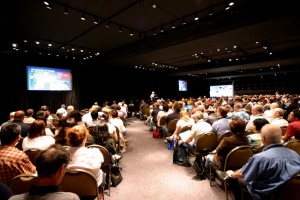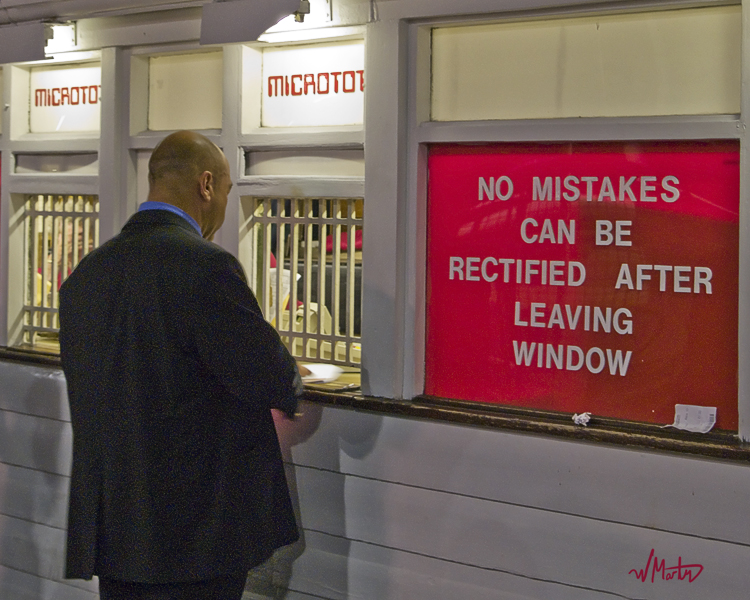Unquestioned traditional conference assumption #4: Conferences are best ended with some event that will hopefully convince attendees to stay to the end.

The reason for this artificiality is simple: Traditional conferences that are not training-oriented don’t provide any kind of progression through their theme. Logistical, political, and speaker availability considerations guide the sequence of session topics rather than logical flow. One session doesn’t follow from another. Such a conference doesn’t have a beginning. So, how can we expect it to have an end?
Some conferences dispense with the pretense of closure. This, at least, is honest, though the effect of “transmit content, go home” is somewhat blunt.
How to end a peer conference
In contrast, peer conferences provide a progression, not through content, but through several processes designed to increase attendee connections as the conference proceeds. Typically, two closing spective sessions, personal and group, build on the generated intimacy to provide a powerful and appropriate conference ending.
Image attribution: http://www.flickr.com/photos/ilike/ / CC BY-NC-ND 2.0





